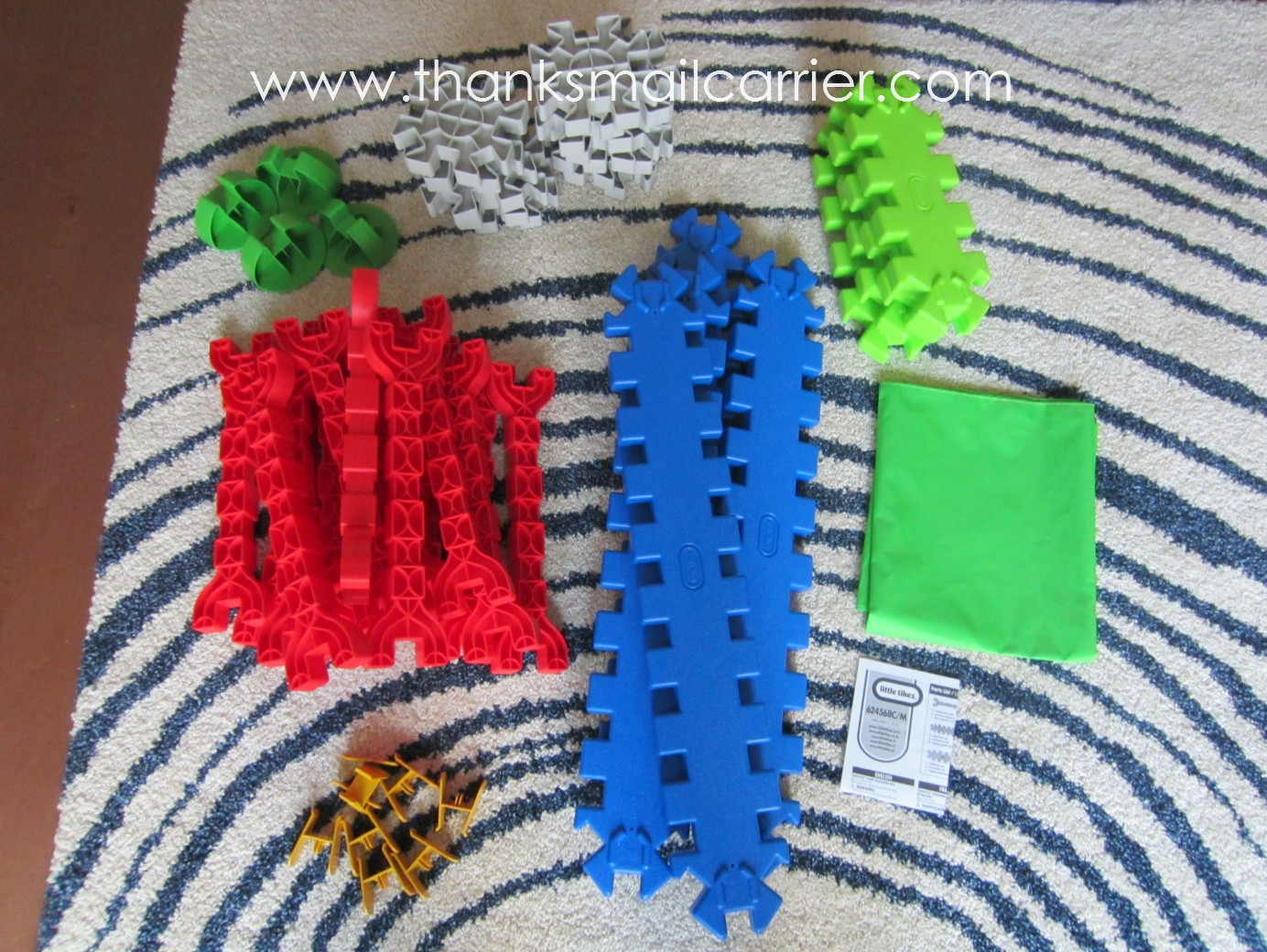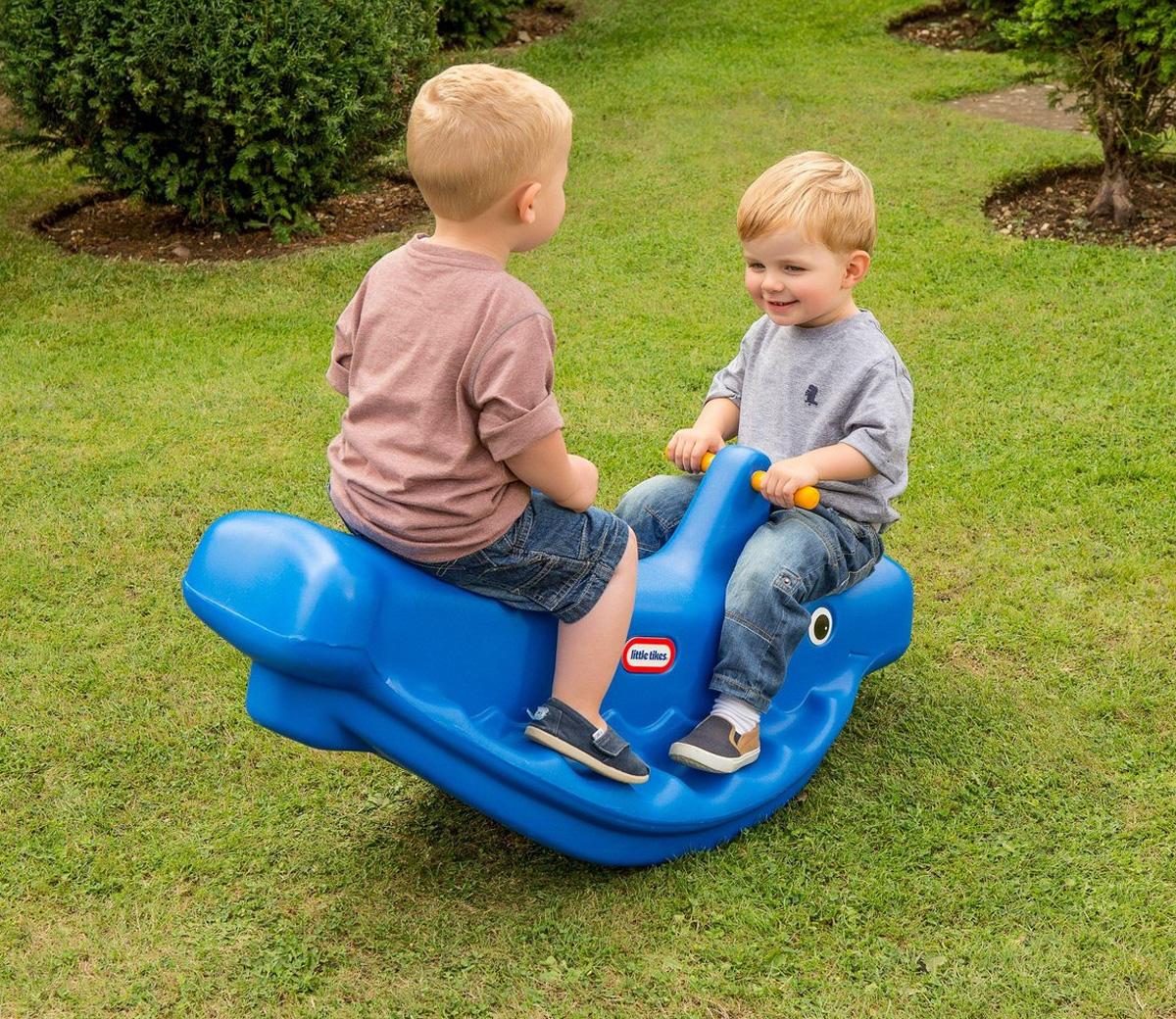
“We actually had a good year,” says Leyden. The company is part of Rubbermaid’s infant/juvenile care and play division, which makes up 13 percent of total sales revenue. Revenue was $2 billion, up 11 percent over the fourth quarter 2001.Įstimates of Little Tikes’ contribution to overall annual sales fall somewhere between $300 million and $500 million. Newell Rubbermaid’s overall 2002 fourth quarter profits rose 33 percent, driven in part by acquisitions and higher product sales. Newell Rubbermaid has posted sales increases and the stock price has climbed since he came aboard. Notable among those were an increased focus on marketing and increased key account management. “He has laid out six strategic initiatives,” says Leyden. Galli has nothing less in mind for Newell Rubbermaid than a complete corporate-culture overhaul. There, he worked with Rory Leyden, Little Tikes president & CEO, and Kirkendall as part of a successful management team. Galli brought with him impressive credentials, beginning as a marketing wunderkind with Black & Decker. took over Rubbermaid in 1998.Ī few years later, after six straight quarters of declining sales at Newell Rubbermaid, the board of directors brought in Joe Galli as CEO to turn things around.

In 1994, Rubbermaid acquired Little Tikes from its founder, Thomas Murdough.

The challenge has become to successfully compete against the continuous onslaught of new products. The world today is much more kid-centric than it was 30 years ago, and the toy industry is more competitive. But times have changed since Little Tikes began making toys in 1970. These goals are the same as those of every retail manufacturer in the industry, and have been for a long time. To accomplish the second task, Little Tikes must get its name in front of parents and, just as critically, ensure the right stores stock its products. The other is to convince parents to buy those toys. One is to design and manufacture safe and appealing toys for its target market - children 6 months through age 5. Little Tikes has two very distinct purposes. “People know, ‘If I buy it from Little Tikes … it will last.’ ”

“We have always been a good manufacturing company,” Kirkendall says. But for Hudson-based Little Tikes, it’s just half the battle. You can kill a brand by making it cheap.”Īnd in the world of highly publicized product recalls, parenting magazines and Web sites devoted to parental assessment of toys, quality control is key. “It’s designed to hold up to 250 pounds,” says Kirkendall, explaining that Little Tikes has long been a stickler for high-quality manufactured toys. In an office strewn with toy trucks, giggling hippo flashlights and play kitchens, Brian Kirkendall, vice president of global product marketing for The Little Tikes Co., puts all his weight on the bed of a toy dump truck.


 0 kommentar(er)
0 kommentar(er)
